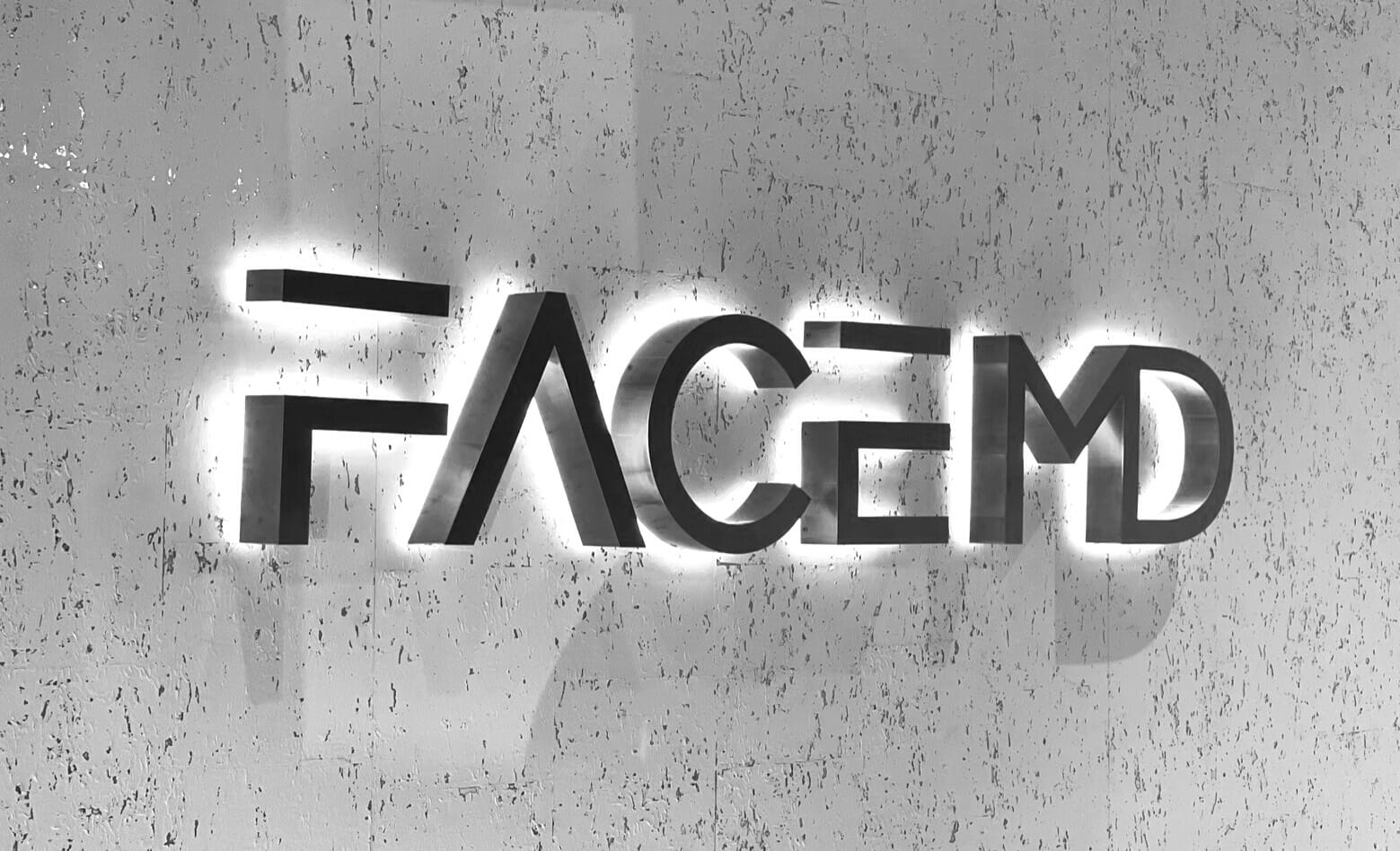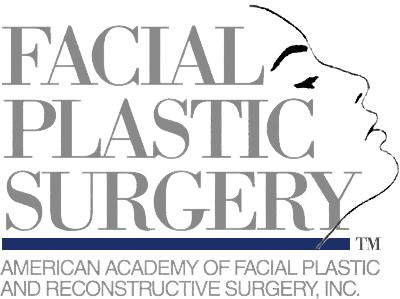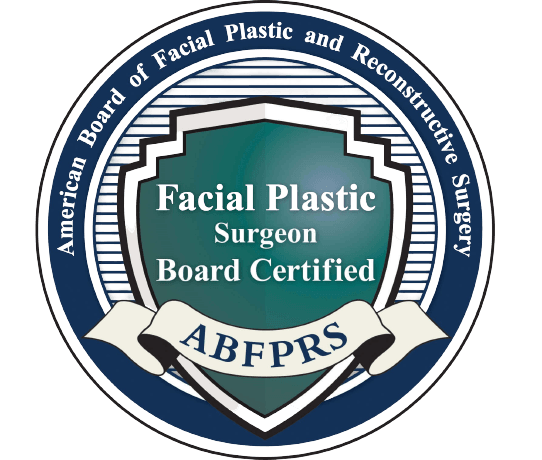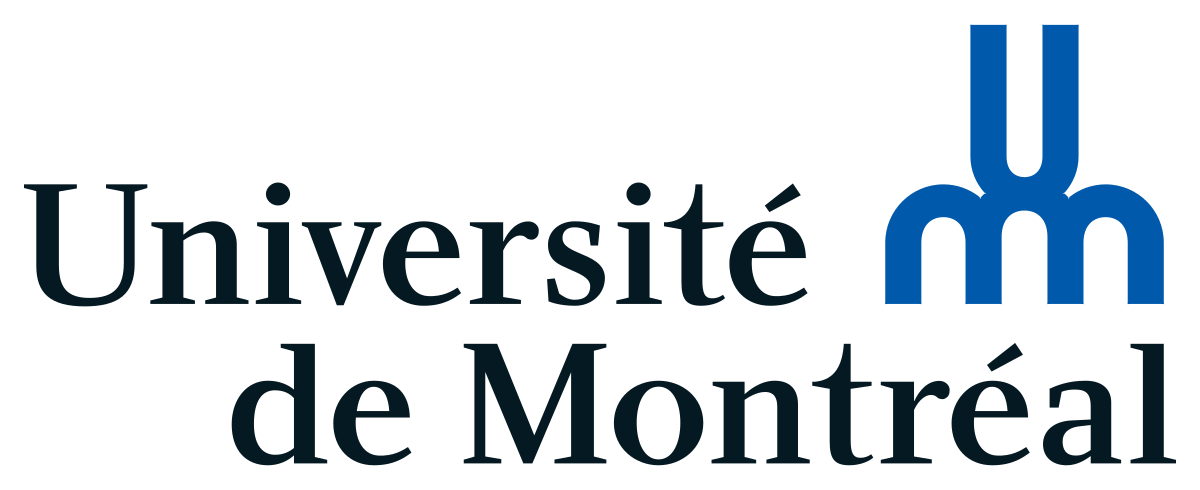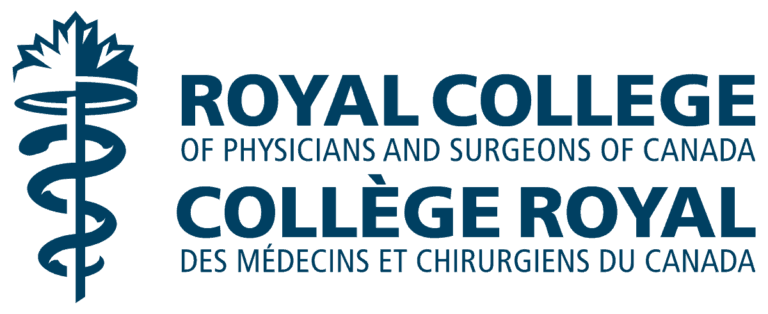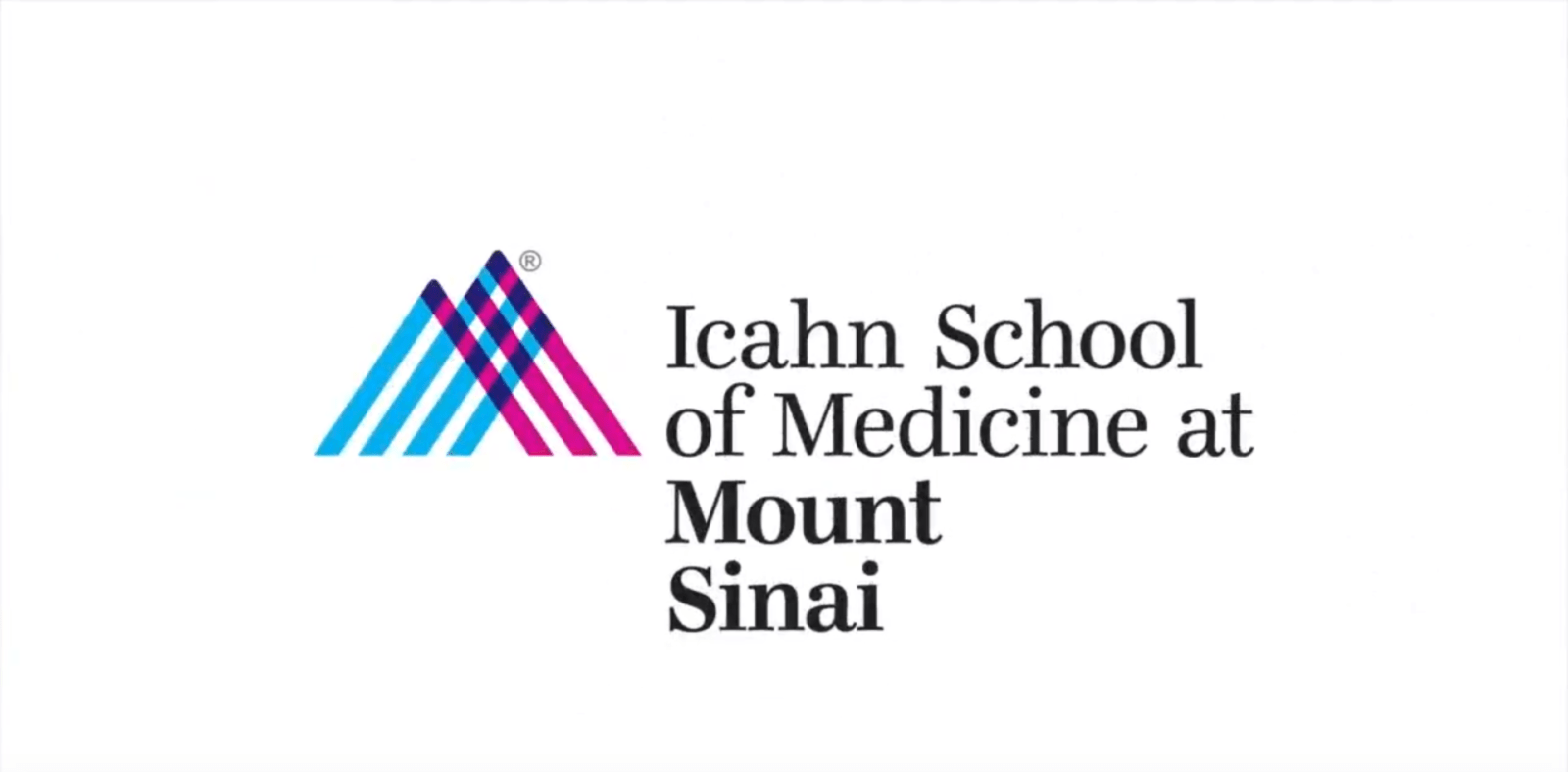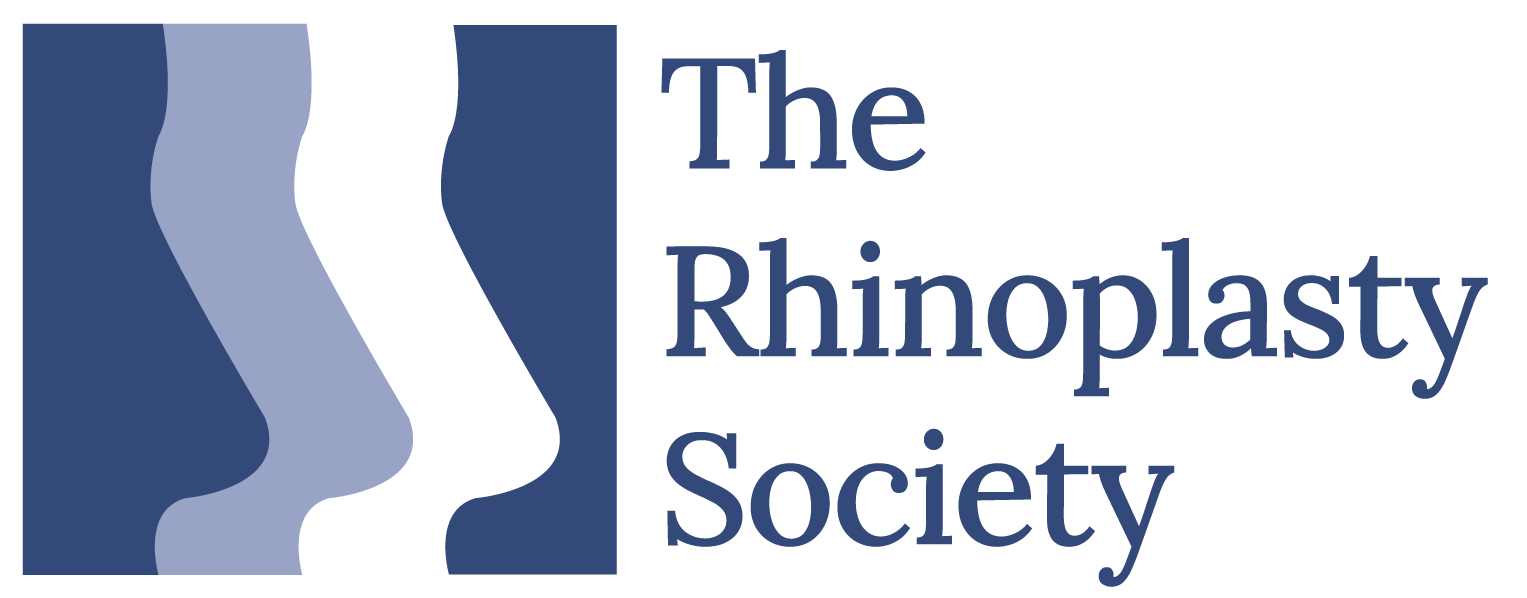
Trust Your Face
To A Specialized Cosmetic SURGERY TEAM
Clinique Face MD - Facial plastic surgery Montreal
Plastic surgery Montreal - Work with a head and neck surgeon practicing in facial plastic surgery specialized in facial plastic surgery and medispa treatments
Clinique Face MD
Montreal's Only Cosmetic Medispa & Plastic Surgery Clinic Dedicated Solely to the Face
We’re not your traditional cosmetic practice. Our facial plastic surgery clinic offers a range of cutting-edge treatments for the face that restore, tighten and brighten – leaving you with natural-looking results and an enhanced complexion.
Benefit from the highest standards of cosmetic surgical care with Face MD
Clinique Face MD is the first and only cosmetic medispa in Montreal where you can find every treatment under one roof to improve the aesthetic appearance of the face: plastic surgery, medical aesthetics & medical spa services. A team of highly trained head and neck surgeon practicing in facial plastic surgerys, nurses and estheticians are devoted to a single goal: helping you reach your full aesthetic potential.
Your facial plastic surgery clinic in Montreal for non-surgical and surgical procedures
We offer all of our clients the same excellent service, regardless of whether they choose non-surgical or surgical procedures. We are proud to offer a full range of treatments, using the most progressive methods available, so please call us today to schedule your appointment!
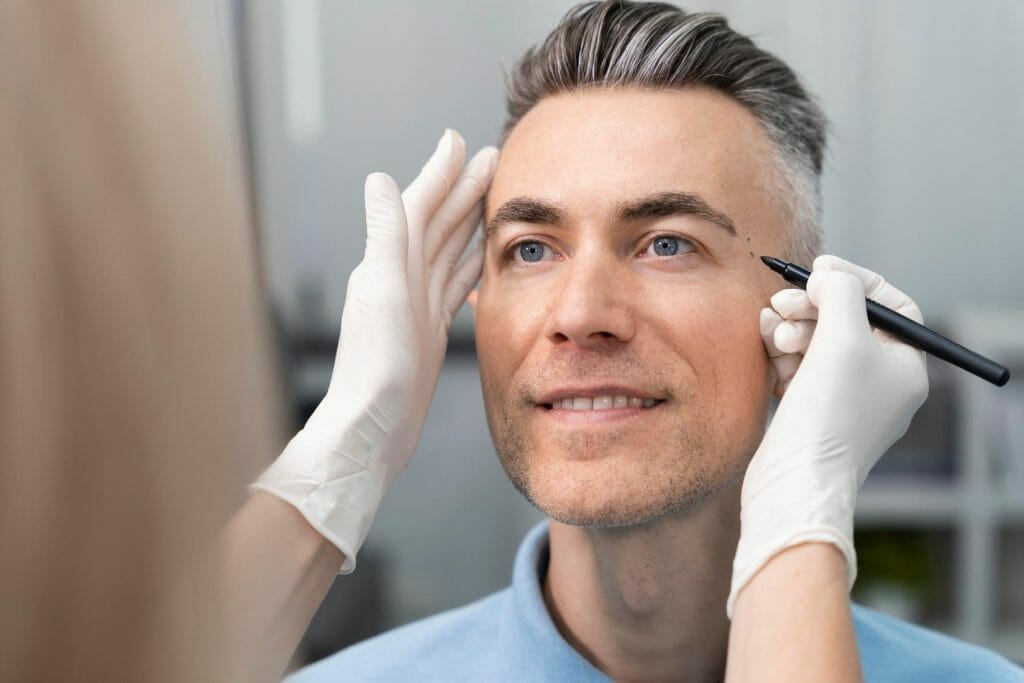
Montreal’s Clinic
Clinique Face MD - Aesthetic surgery in Montreal
⇾ Our clinic offers the most up-to-date treatments for the face in Montreal and surrounding areas. We provide aesthetic treatments for facial rejuvenation and body contouring procedures such as liposuction, chin augmentation, facelift, eyelid surgery, rhinoplasty, and brow lifts. Using state-of-the-art procedures, our team of surgeons strive to improve your appearance in a way that is both natural-looking and healthy for your skin.
Benefit from experienced head and neck surgeon practicing in facial plastic surgerys for your cosmetic procedures
⇾ Our team of experts is committed to your satisfaction. They will take the time to listen to your concerns and recommend the right procedure(s) that best suit your needs and will let your beauty shine.

Medispa Treatments offered by Clinique Face MD
Our Cosmetic Medispa offers a wide range of anti-aging and rejuvenating treatments. Our medispa treatments include injectable treatments, non-invasive cosmetic surgery, laser hair removal, anti-wrinkle injections, cellulite reduction treatments, fat reduction & slimming treatment, Radio Frequency Machines Therapy and more!
Clinique Face MD is a unique, state-of-the-art Cosmetic Clinic that offers various procedures to correct a variety of cosmetic problems. Discover our many medispa treatments!
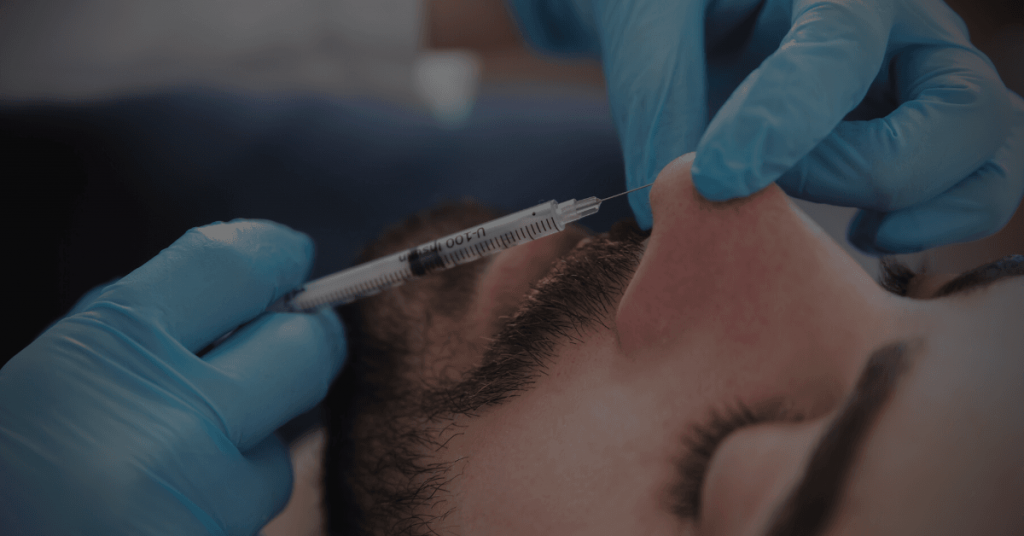
NON SURGICAL NOSE JOB
Nose correction procedure that treats small nasal humps and asymmetries in just minutes.
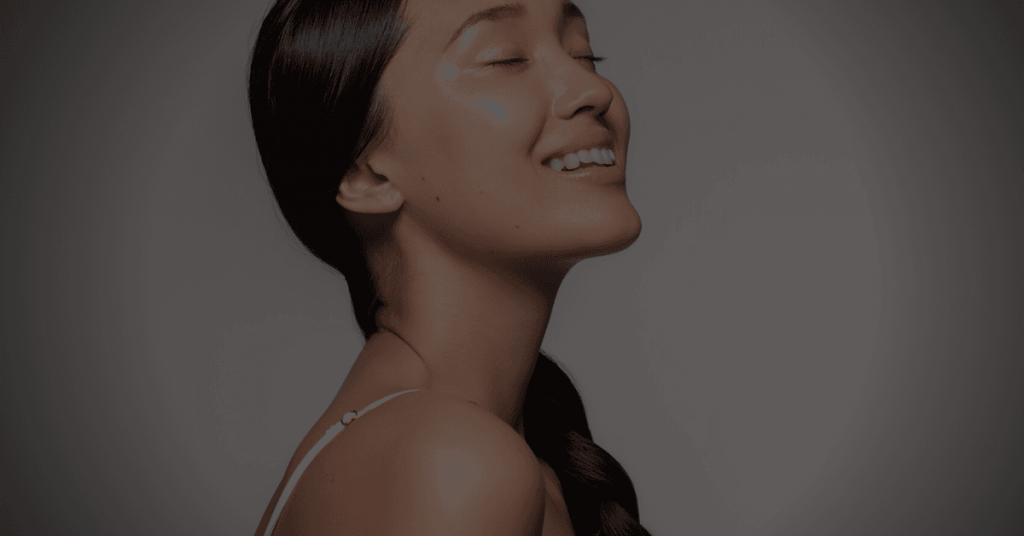
BOTOX
Botox is a safe and effective aesthetic treatment to get rid of unwanted wrinkles. This anti-wrinkle treatment has no downtime, it’s quick, comfortable, and you can go back about your daily routine right after the treatment!
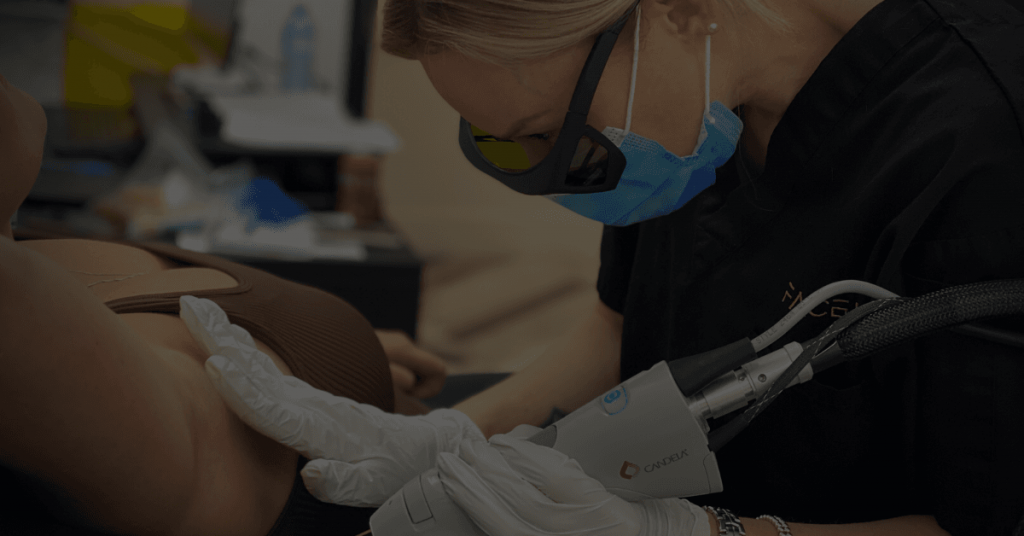
LASER HAIR REMOVAL
Laser hair removal is a simple procedure that can provide you with lasting results. The laser targets the hair follicles while leaving the surrounding tissue intact, which means a more comfortable treatment and less discomfort afterward
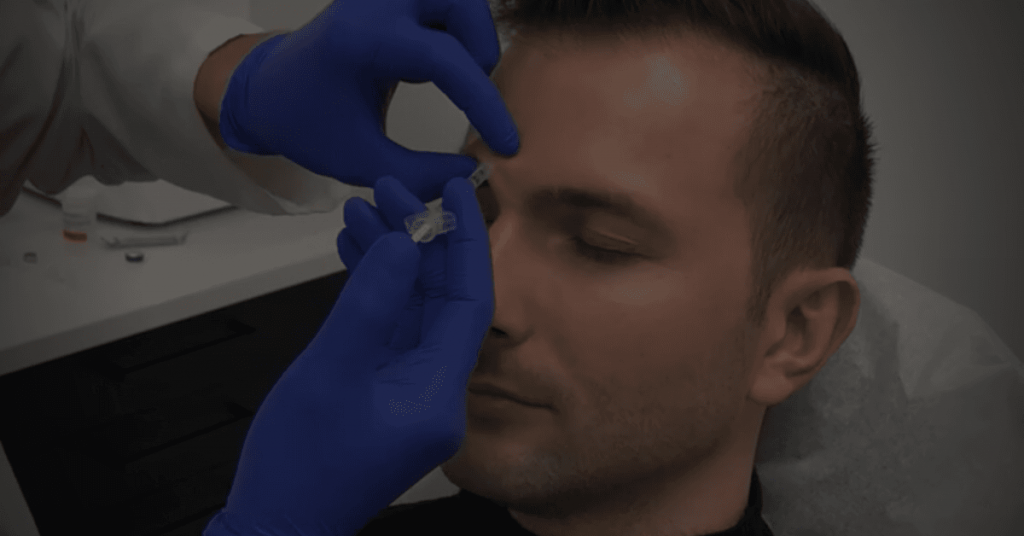
DYSPORT
The treatment harnesses the most advanced understanding of skincare to give you results that are visible, safe, and natural.

DERMAL FILLERS
Safe injectables that restore volume to areas about the eyes, cheekbones and chin.
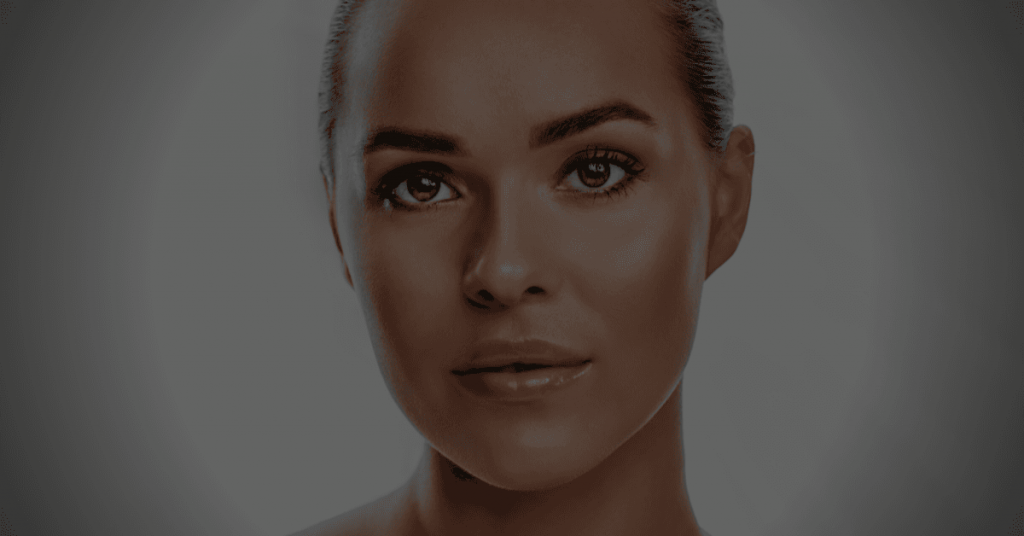
LIP INJECTIONS
Helps rejuvenate the lips by restoring the defining contour of the lips, volumizing the lips, changing the shape of the commissures, erasing fine lines, and correcting uneven proportions.
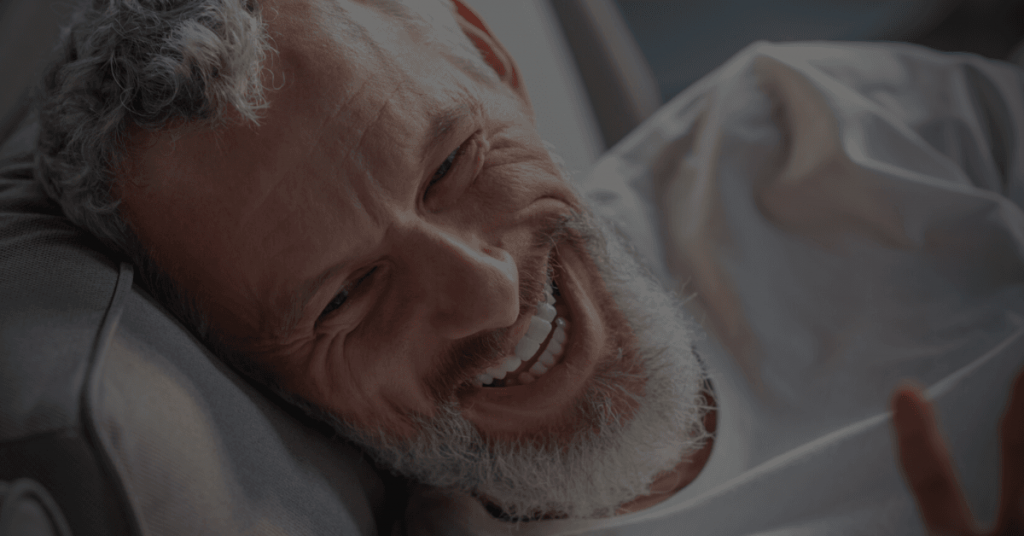
PRP FOR HAIR LOSS
PRP injections are a non surgical medical procedure that involves injecting concentrated plasma rich in growth factors and nutrients extracted from your own blood into areas of your scalp where hair growth is needed. It's a safe and efficient method for reversing hair loss.
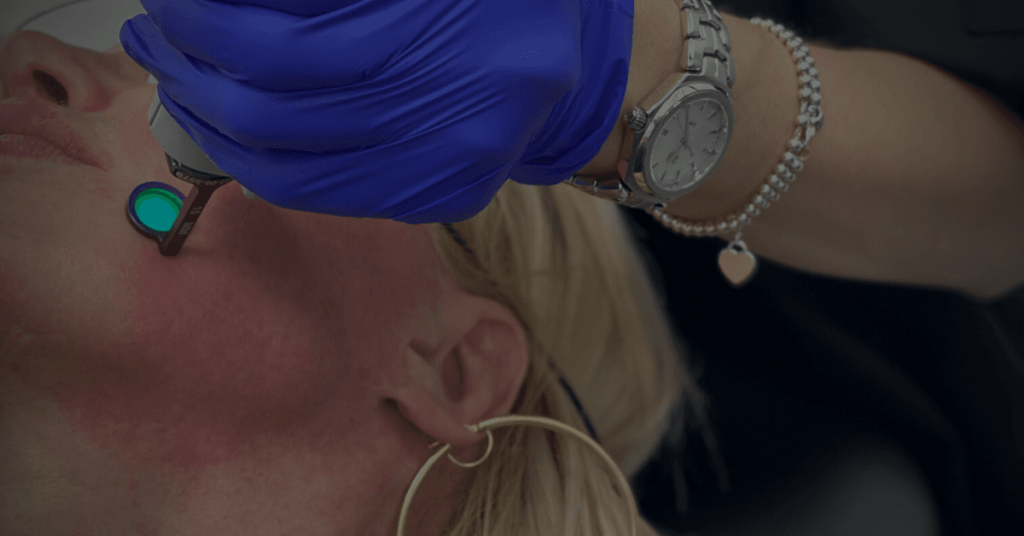
VBEAM LASER TREATMENT
The Vbeam System is a world-renowned pulsed dye laser that has been proven time and again for the successful treatment of vascular, pigmented, or unpigmented lesions with minimal side effects.
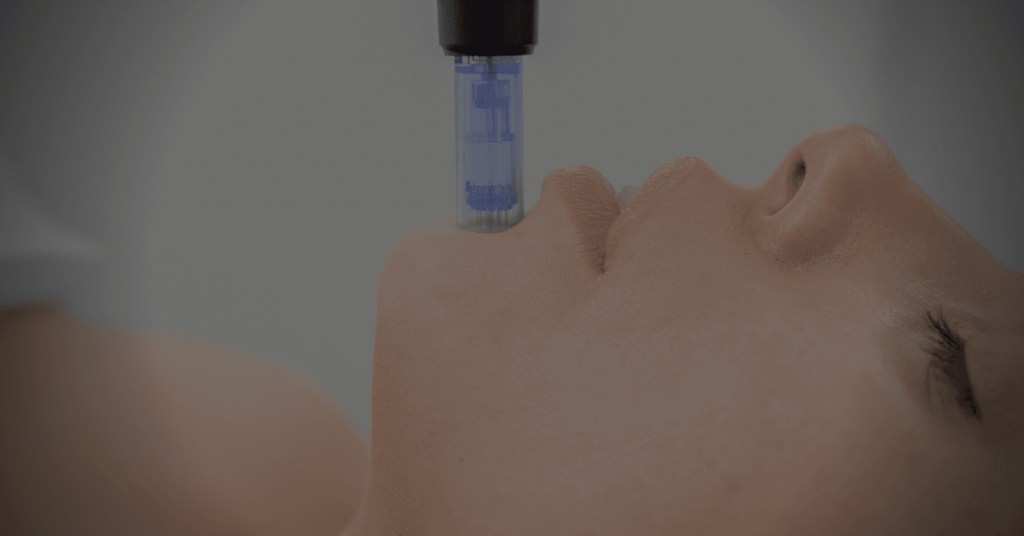
MICRONEEDLING
Microneedling is a minimally invasive procedure that stimulates natural collagen production, treats fine lines and acne scars to improve skin texture.

CO2 laser
A CO2 laser is capable of precisely removing tiny layers of skin while causing minimal damage to adjacent structures. Sun damage, wrinkles, scars, warts, birthmarks, and other skin disorders are treated with these lasers.
Our facial plastic surgery clinic offers the perfect Medispa treatments for all patients
Dr Sami Moubayed is an experienced Otolaryngologist-Head and Neck Surgeon specialized in facial plastic surgery that offers multiple Medispa treatments in Montreal. Do not hesitate to discover more about our Medispa procedures or to contact Clinique Face MD to book a free consultation!

Our Top
Facial Surgery Procedures
If you are looking for a more permanent solution to your face, look no further than one of our surgical cosmetic procedures. Get the natural-looking results you deserve by trusting your face to our Montreal head and neck surgeon practicing in facial plastic surgery team.
The right team for any cosmetic surgical procedures in Montreal
Our team of experts uses the latest technology and techniques to help you achieve your desired look. Our surgeons are among the best in the field with years of experience in liposuction, eyelid surgery, rhinoplasty, facelift, and brow lifts. Let us treat your face with our surgical cosmetic procedures tailored to fit your needs.
› ULTRASONIC RHINOPLASTY
Ultrasonic rhinoplasty – We were the first team to introduce the Ultrasonic rhinoplasty technology in Quebec. Ultrasonic or piezoelectric technology is a minimally invasive facial surgery procedure designed to sculpt the nasal bones and help obtain rhinoplasty results that have minimal swelling, minimal bruising, and decreased need for revision surgery.
› DEEP-PLANE FACELIFT
A deep plane facelift tightens sagging muscles and tissues along the jawline and neck, as well as restoring a more youthful appearance. We use modern deep-plane techniques to produce longer-lasting results. As a specialized head and neck and head and neck surgeon practicing in facial plastic surgery, Dr. Moubayed is very comfortable with the facial nerves and anatomy and does not hesitate to use these advanced plastic surgery procedures to rejuvenate the face and neck.
› CHIN LIPOSUCTION
Chin liposuction is the ideal plastic surgery procedure to correct sagging skin around the chin and jawline. The procedure can be used to improve profile as well as enhance facial features such as the lips, nose, and eyes. The fat can then be transferred back into volume-depleted areas of the face acting as a permanent filler.
› NECK LIFT
Neck lift procedures (platysmaplasty) is a standard cosmetic surgery procedure to reduce excess skin or fatty tissue around the neck area, lifting sagging skin and improving the definition of the jawline.
› BROWLIFT
Browlifts is a cosmetic surgery designed to lift sagging eyebrows as well as the surrounding tissue on the forehead and glabella area. Browlift treatments can also be used to correct drooping upper eyebrows, which often occur with aging. When targeting the temporal area, they are termed “fox-eye lifts” which is a procedure we do every week at Face MD.
› BUCCAL FAT REMOVAL AND TRANSFER
Dr. Moubayed pioneered the buccal fat removal and fat transfer procedure in Quebec, where chubby cheeks are sculpted using a tiny incision inside the cheek, and the fat is then transferred to the cheek bones. The results of this plastic surgery procedure are high cheekbones and a more chiselled look.
› Blepharoplasty - Eye lift surgery
An eye lift surgery, or blepharoplasty, restores a more youthful and rested appearance and improves self-confidence. The eyes are the most prominent feature of the face and the first thing people notice. Fox Eye Lift or Cat Eye, is an eyelid surgery performed to create the “strong windswept brow” desired in younger women. It can also be used for anyone with heavy skin on the upper eyelids, though it doesn’t matter whether you have an angle-brow shape or not.
› FOX EYE LIFT
Fox Eye Lift or Cat Eye, is a procedure performed to create the “strong windswept brow” desired in younger women. It can also be used for anyone with heavy skin of the upper eyelids, though it doesn’t matter whether you have an angle-brow shape or not.
› CHIN IMPLANT
A well-defined jawline is the cornerstone of a balanced & symmetrical face in both males and females. By placing a custom-fit chin implant, a skilled cosmetic surgeon will add strength to a weak or recessed chin.
› Thread lift
Thread lift procedures use natural material to precisely lift and tighten the facial tissue, making it an ideal choice for anyone looking for less invasive procedures. Thread lifts effectively reduce the appearance of sagging skin and drooping brows.
Clinique Face MD - Cosmetic surgery Montreal

What makes our plastic surgery clinic special
1. Specialization: At Clinique Face MD, we pride ourselves on being a specialized center solely dedicated to facial plastic surgery and facial medispa treatments. Our team of board-certified and highly experienced surgeons, physicians, nurses, and aestheticians focus exclusively on facial procedures, ensuring that we possess the expertise and knowledge necessary to deliver exceptional outcomes. This specialization allows us to stay at the forefront of cutting-edge techniques and technologies in the field, offering our patients the most advanced and tailored solutions for their unique facial concerns.
2. Standardization: One of our core strengths is our commitment to maintaining the highest standards of quality and safety in every aspect of our practice. We adhere to rigorous standards and protocols, ensuring that every procedure and treatment follows industry best practices. Our standardized approach extends to patient care, pre-operative assessments, surgical techniques, and post-operative recovery. By upholding these strict standards, we provide our patients with a sense of confidence and peace of mind, knowing that they are in capable and caring hands.2. Standardization: One of our core strengths is our commitment to maintaining the highest standards of quality and safety in every aspect of our practice. We adhere to rigorous standards and protocols, ensuring that every procedure and treatment follows industry best practices. Our standardized approach extends to patient care, pre-operative assessments, surgical techniques, and post-operative recovery. By upholding these strict standards, we provide our patients with a sense of confidence and peace of mind, knowing that they are in capable and caring hands.
3. Systematization: Our systematic approach is designed to ensure a seamless and comprehensive experience for our patients from the initial consultation to the final follow-up. We have developed efficient and effective systems that streamline the patient journey, making it convenient and stress-free. From the moment a patient contacts us, we prioritize clear communication, personalized treatment plans, and transparent information. Our systematic approach also extends to ongoing research and continuous improvement, where we consistently evaluate our results and update our techniques to deliver the best possible outcomes.
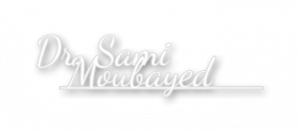
Clinique Face MD
Learn about the services of Clinique Face MD - Your head and neck surgeon practicing in facial plastic surgery in Montreal
› What are popular facial plastic surgery procedures?
Plastic surgery is quite common in North America, and many are now very popular, such as breast augmentations and liposuctions. However, at Clinique Face MD, Dr Moubayed is an Otolaryngologist-Head and Neck surgeon who specializes in facial plastic surgery and medispa treatments of the face and neck.
The most popular facial plastic surgeries are rhinoplasty (nose reshaping), blepharoplasty (eyelid surgery) and facelifts. Another popular plastic surgery amongst our patients is the fox eye lift: our team of surgeons perform this plastic surgery every week. Although it is not a plastic surgery per se, it is worth mentioning that our Botox injections and lip fillers are also very popular.
Clinique Face MD – Facial plastic surgery Montreal
› Are there different types of plastic surgery?
There are two main kinds of plastic surgeries: reconstructive plastic surgery and cosmetic plastic surgery.
Reconstructive plastic surgeries treat parts of the body that have suffered following an illness such as cancer or health issues such as infections. Reconstructive surgery can be aesthetic or functional. Reconstructive plastic surgeries may be paid for by insurance, whereas voluntary cosmetic surgeries are usually not covered.
Cosmetic plastic surgery improves or alters certain aspects of the human body, but the only objective is to improve the aesthetic. Common plastic surgery examples are breast surgery (breast augmentation, breast lift or breast reduction) and nose reshaping, but hundreds of options exist. Cosmetic surgeries can include surgical, minimally invasive or non-invasive surgical procedures.
Clinique Face MD – Facial Plastic surgery Montreal

What They Say.


